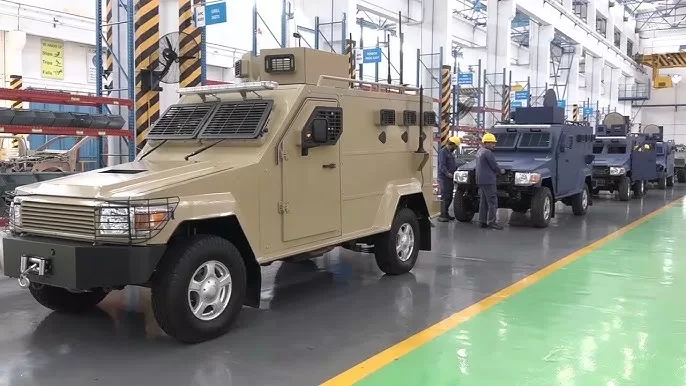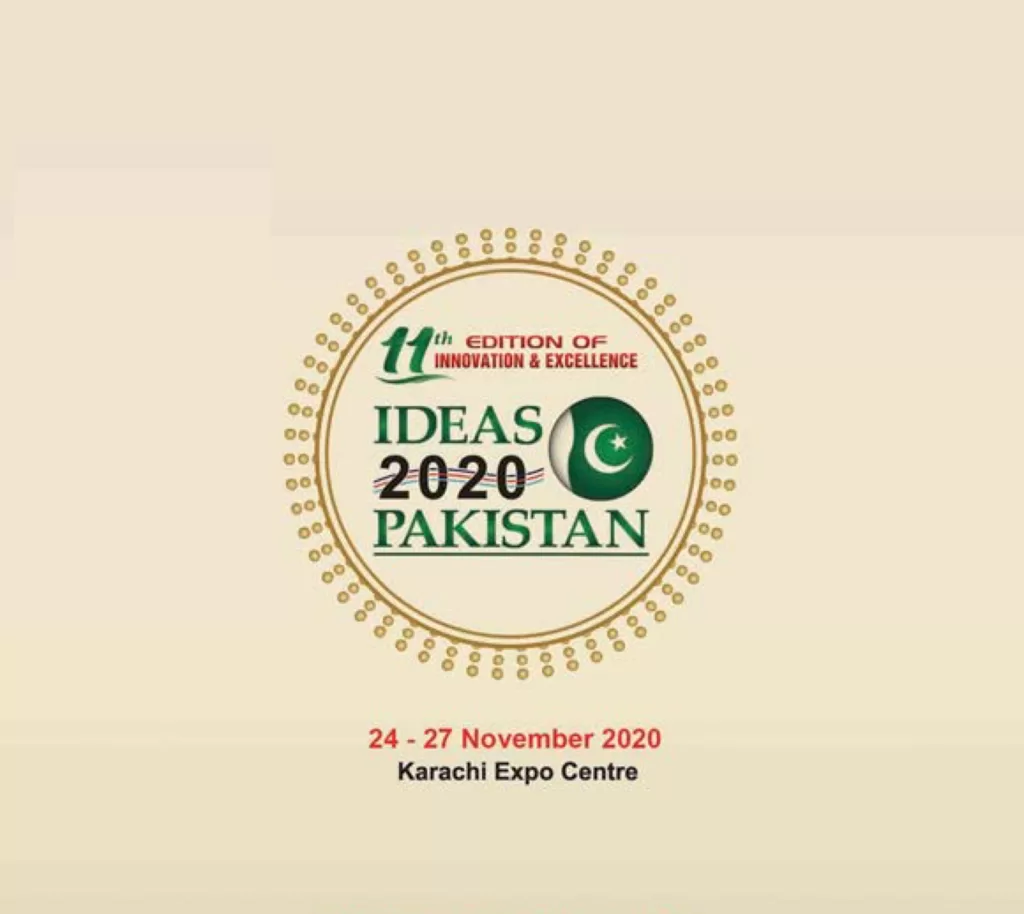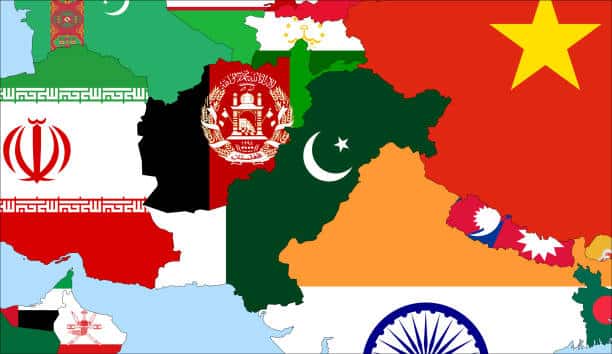Dear Readers,
Developments in this region have transformed the world into a place where peace, and the pursuit of peace, have become core issues. Pakistan, a major player has a significant role that shapes and influences events in the region and beyond. Thus, the changing security scenario at the regional and global level and the transformations that occur have strategic implications for Pakistan. The strategic importance of Pakistan is unique because of it being a close neighbour to the Middle East, sharing a common border with China, India, Iran and Afghanistan and it being less than one hundred kilometers distance from the Central Asian state of Uzbekistan. Even as the regional security equation becomes more complex it triggers some uncertainty as well. Pakistan is con-fronted with a complex web of challenges as external and internal threats it faces range across socio-economic to politico-military spectrum. In this scenario, Pakistan’s defence industry is compelled to take such steps that may be necessary to prepare the nation and to develop proportionate response to any threats and challenges that may be looming. Pakistan’s role as a frontline state in the fight against terrorism has made the bi-annual defence exhibition, International Defence Exhibition and Seminar (IDEAS) into an ideal platform that allows interaction among many multinational special operations forces to discuss the importance of support services and defence armament and equipment required for an intended theatre of operation. While Pakistan’s defence industry has always played a vital role related to the defence of the nation, its significance to the country’s economy and to its human development strategies cannot be understated. This industry has stimulated new sectors of investment and development of new markets. Most importantly this industry is not limited to only developing weapons of war, but is also engaged in advancement of technology in general. . For the benefit of readers I am reproducing my article “IDEAS 2012 – MORE BANG FOR THE BUCK”.
Nations that want to retain their sovereignty have to spend substantial sums for their defence needs, defence expenditures extending to even those countries whose defence shields are provided by protective allies. For third world countries, already over-burdened economically by crushing external debt, earmarking of large outlays for defence material and manpower, is for the most part economically unacceptable. Nevertheless, India, with the bulk of its population below the poverty level, spends a mind-boggling amount on their fairy-tale perception of defence needs (which invariably means an anti-Pakistan posture), With such an implacable, unrelenting foe on our borders, our financial circumstances taking secondary thought as we make pro-rata commensurate increases in our defence outlays. While matching India gun for gun may not be either feasible or possible, we are obliged to maintain a proportionate ratio on a conventional basis so that numerical or qualitative superiority does not overwhelm us without a fight.
The division of our meagre resources on a two-front approach indicates a defence posture based on interior lines of communications with an inherent capability to move large bodies of troops on short notice for strategic and/or tactical purposes. Our spectacular achievements in non-convention-al weapons notwithstanding, commensurate achievement in indigenisation in conventional weapons and equipment is lacking. There has been a significant lack of progress in indigenous defence production with actual transfer of technology still intermittent. Rhetoric is no substitute for facts, to get carried away by presentations and the images/perceptions that are quite divorced from ground reality is to invite disaster, particularly in the area of defence and national security.

HMC Taxila has done exceedingly well in retrofitting/ modernization of a wide number of armoured vehicles as well as production of tanks with firepower and mobility suited to our battle environment. Where we have failed is a rationalization/ standardization of our soft vehicle fleet, this is a logistics and maintenance nightmare. Given the experience of the Iranians during the Iran-Iraq War, and looking at the plight of the US “Humvees” in Iraq, what we need is fast economical cross-country unarmoured “battle taxis”. The Japanese Toyota and Nissan 4×4 pick-ups are proven quantities, most self-respecting smugglers swear by them. These pick-ups can each easily carry a rifle section, which means five vehicles to a platoon (three sections, the platoon HQ and first-line ammunition). The Humvee has been an expensive failure in Iraq, why not a modified 4×4 pick-up as a command post/cross country vehicle for commanders down the line? Compare the cost of a truck, its fuel consumption and maintenance, and we can bring in economical effectiveness with far greater mobility and flexibility. The existing truck fleet should be pooled for logistics purposes, wherever possible the jeep should be sent into retirement. It is not feasible for cross country mobility and flexibility in the 21st century to have troop-carrying trucks, trucks should only carry second-line ammunition and supplies.
Rationalization will result in drastic reduction of our sup-ply corps, electrical and mechanical engineers, ordnance and medical corps, etc presently bloated beyond recognition. Separation between medical cover for serving and retired personnel is necessary, for the latter Veteran’s Hospitals maybe put in place. Because of direct involvement in civil contracts, our Engineer Corps needs to be re-organized along military and civil functions, officers who have served in Military Engineering Services (MES) are seldom good for combat engineer battalions. Commercial and civil functions must not be performed by uniformed personnel except as exceptions. With the number of military personnel now doing MBA’s and similar degrees, expert consultation is readily available.
The modern world is looking to Countertrade as a means of balancing financial deficits in foreign exchange. In the Defence Services there is certainly awareness of “Buy Back” schemes for encouraging indigenous production but a comprehensive understanding of the implications of international trade and the ensuring of meaningful transfer of technology escapes them. There is a great deal of lethargy in moving forward with decision making for local production with the effects translated into constant purchases by hard earned foreign exchange. Turkey paid for part of its purchases of F-16s from the US by tomatoes and has followed it up by making the jet engines of the aircraft in a transfer of technology part Buy Back scheme. Since the defence services purchase a substantial amount of hardware, it stands to reason that they lessen their dependence on hard cash foreign exchange by resorting to Countertrades. A Countertrade package can be adopted with a basket of traditional and non-traditional export coupled with a sell-back of the items being produced indigenously.

In the sector of weapons and technology, the role played by the series of defence exhibition known as IDEAS (International Defence Exhibition and Seminar) is significant. The first ever tri-service IDEAS was held in November 2000, a display of ‘arms for peace’ at the Karachi Expo Centre. IDEAS 2000 marked the dawn of a new era for the defence industry of Pakistan that created an international market for the first time within Pakistan and attracted foreign buyers and enhanced technological advancement in the local defence industry. Each edition of IDEAS, held every two years, has proved to be more successful than the one held earlier and with the passage of time the number of exhibitors, local and foreign both, has grown tremendously. IDEAS has helped Pakistan and other friendly nations to showcase their products and build bilateral partnerships. Pakistani firms have signed joint development, production and marketing agreements with defence firms from many countries during the course of these exhibitions. This exhibition also provides an excel-lent interactive platform for our defence forces to best assess products and technology suited to their needs.
It is time to take IDEAS north to Islamabad where the logistics will be that much easier. The younger generation in the bulk of the Armed Forces need to see new products and services themselves. The present location in Karachi requires too much effort for security, it disrupts the life of a fair amount of the population and is already too small to cater for more participants in the future. In particular the mobility exercise requires space for greater impact, the EXPO area is too small by half already. To sustain IDEAS, one must be pragmatic in choosing greener pastures, otherwise an excellent idea will not be sustained as the force-multiplier it was planned to be, in many ways that it has already become and has the potential of further becoming.♦




